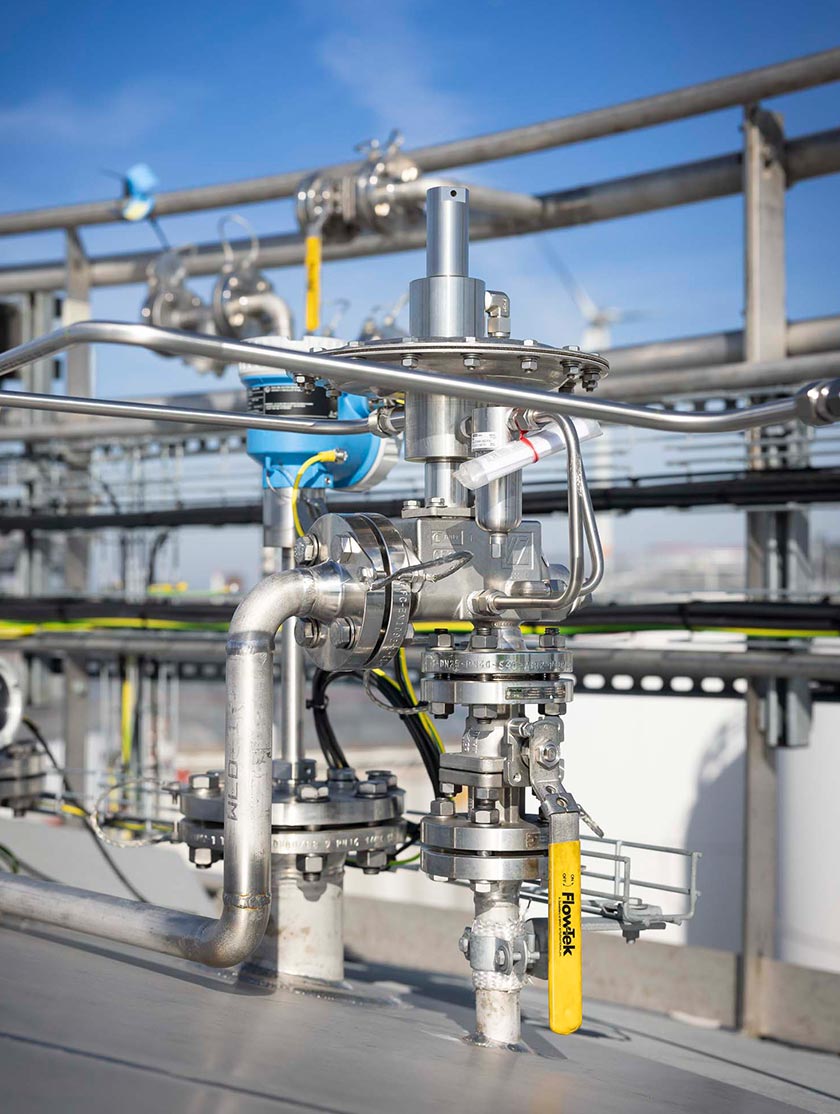Key Features and Specs of Cashco Pressure Reducing Regulators
Key Features and Specifications of Cashco Gas Pressure Reducing Regulators
Cashco is a well-known manufacturer in the hydropower industry, recognized for its high-quality pressure reducing regulators (also referred to as pressure regulators) for gas applications. These pressure reducing regulators are essential components for the safe and efficient supply of natural gas and other gases by regulating and stabilizing outlet pressure. Cashco pressure reducing regulators combine robust design with precise control to meet the diverse needs of industrial, commercial, and residential customers.
Key Features of Cashco Gas Pressure Reducing Regulators
- Reliable Pressure Reducing Function
Cashco pressure reducing regulators maintain outlet pressure at a predetermined, stable level regardless of inlet pressure fluctuations. This feature is crucial for the safe and efficient operation of gas distribution systems. - Wide Pressure Setting Range
These regulators cover a broad range of inlet and outlet pressures, making them versatile for low-pressure residential systems as well as high-pressure commercial systems. - Rugged Materials of Construction
Typically constructed from durable materials such as cast steel or aluminum bodies with stainless steel internal components, ensuring long service life, corrosion resistance, and durability in harsh environments. - Balanced Valve Design
Many models feature a balanced valve design that minimizes the effect of inlet pressure changes on outlet pressure, providing smoother control and reducing pressure surges downstream. - Adjustable Spring Loaded Set Point
Adjustable via a spring-loaded diaphragm mechanism, allowing easy calibration and fine-tuning in the field for operational flexibility. - Built-in Relief Valves
Some regulators include built-in relief valves or bypass features to add safety and prevent overpressurization after pressure release. - Industry Standards Compliance
Compliant with ANSI, ASME, and API specifications, ensuring stringent safety and performance criteria are met. - Compact and Lightweight Design
Designed to be compact and lightweight without sacrificing durability, simplifying installation and reducing space requirements.
Typical Specifications of Cashco Gas Service Pressure Reducing Regulators
| Specification | Description |
|---|---|
| Pressure Rating |
Maximum inlet pressures typically up to 125 psig or more, depending on model. Outlet pressure ranges from a few inches of water column to several psig, depending on the regulator type. |
| Size Range | Available in sizes from 1/2" to 4" or larger for a variety of flow capacities. |
| Flow Capacities | Flow rates vary by model, typically listed in standard cubic feet per hour (SCFH), suitable for residential and light industrial applications. |
| Operating Temperature | Designed to operate efficiently from -20°F to 150°F (-29°C to 65°C), depending on model and application. |
| Connection Types | Available with threaded, flanged, or compression fittings to suit a variety of piping configurations. |
Applications
- Residential and Commercial Gas Supply
- Industrial Gas Processing and Distribution
- Fuel Gas Control for Boilers and Furnaces
- Gas Equipment Metering and Protection
Conclusion
Cashco gas pressure reducing regulators are ruggedly designed to provide consistent pressure control, safety, and adaptability across various gas applications. Their durable materials, balanced valve mechanisms, and ease of adjustment make them a trusted choice among gas professionals who prioritize quality and performance. Understanding the key features and specifications of Cashco pressure reducing regulators ensures optimal system performance and compliance with safety standards.
Ensure system reliability and avoid downtime with the right pressure reducing regulator. Cashco offers dependable models and expert support.
Explore all models here or complete the Regulator Sizing Form for fast and accurate guidance.
Visualize How A Pressure Reducing Regulator Operates
This animation helps you better understand internal components like the diaphragm and valve—useful for identifying potential performance issues.





